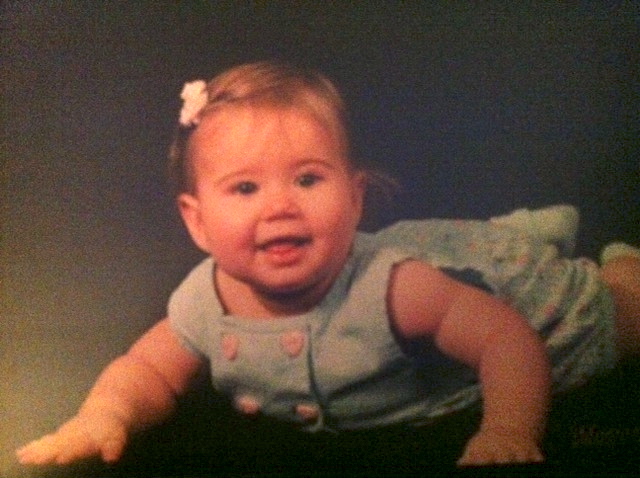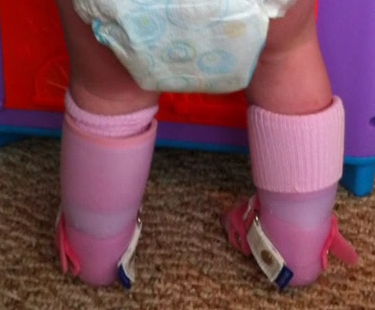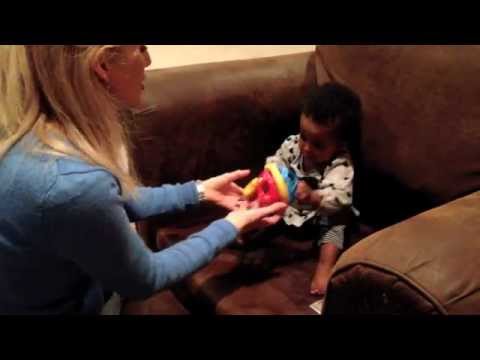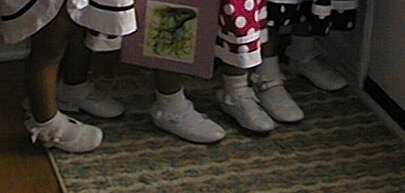As a pediatric physical therapist that works almost exclusively in the 0 to 3-year-old population, I see a lot of delay that has no underlying reason. Of course, delay is always something to be concerned about and should be monitored to see if there is an underlying reason, but I’m speaking to the undetermined undiagnosed delay today. I believe that much of this delay can be attributed to the Back To Sleep program. Although I do not wish to see this program discontinued because it is saving lives from SIDS (Sudden Infant Death Syndrome), I do feel that there needs to be some clarification and some emphasis given to parents.
Most people understand the importance of tummy time. The problem is, children are almost always on their backs. We put them on their back in a bouncy seat, a swing, a car seat, etc. We have a catch phrase for this: “Container Babies” because they are always in some kind of container. Besides all the container time, now we put them to sleep on their back. That is a majority of their day and night!
After all this time on their backs, many children will cry when placed on their tummies because they may not be able to lift their head or push up enough to feel comfortable. This makes most parents or daycare workers not willing to continue this position because the child is upset.
There are a lot of different ways to accomplish tummy time without directly placing a child on their tummy on the floor. See the posts under the Gross Motor Activities for creative tummy time play. By the way, did you know that the current recommendation for accumulative tummy time is one hour a day? Not all at once–accumulated throughout the entire day, but even still, I doubt most people understand this suggestion and how ot accomplish it. Tummy time skills need to be adhered to for a child to be able to progress through all the developmental skills. It should only be “skipped” or changed under the direction of a therapist and only for specific reasons. Without this position, a child will have difficulty learning to move and transition in and out of different positions, but the biggest problem besides the delay in movement and other skills is the flattening that can occur to the back of the head or to one side (which can lead to terrible neck positions as well). If this flattening continues, the child can have other severe problems, such as facial deformities, that are irreversible. If this is caught soon enough, though, therapy and a helmet can be used to help direct the shape of the head until the skull fuses.
There are different types of flattening that can occur and all can be caused by other things as well, but if your child is not moving well or only likes to lie on his or her back and/or you notice a flattened area on their head or a place where hair is rubbing off, get help! Contact a pediatric physical therapist and let them help you get back on track or you could be facing months of therapy.
And…get your sweet little one out of those “containers” as much as you can!
Click HERE for available books for your child



